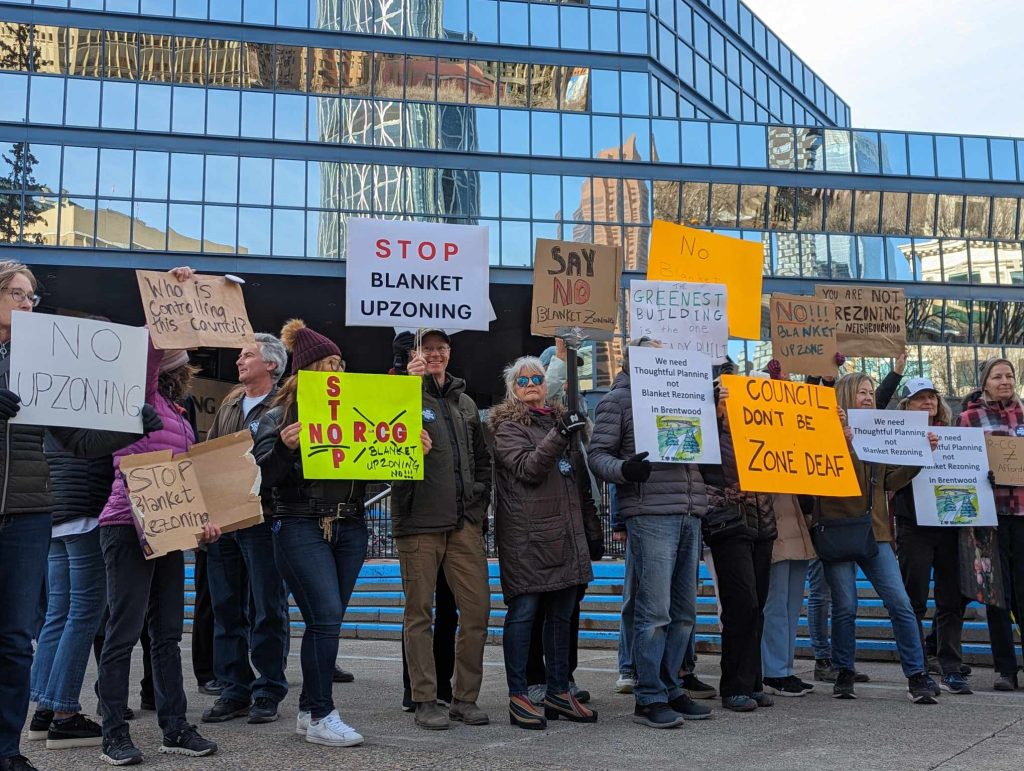Officials hail Operation Arctic Ram a success as troops train in the north
Posted Feb 18, 2016 11:26 pm.
Last Updated Feb 18, 2016 11:59 pm.
This article is more than 5 years old.
One of Canada’s top soldiers, Brigadier General Wayne Eyre, says he couldn’t have been more pleased with how his troops performed during Operation Arctic Ram.
Eyre commands 3rd Canadian Division (military in Western Canada) and was recently in Resolute, Nunavut to visit the Princess Patricia’s out of CFB Edmonton and reservists out of 38 CBG in Winnipeg.
They were given mock exercises to respond to in temperatures that at night, flirted with the minus 50 degree mark.
Among the scenarios they faced, a downed satellite where they had to scour a 1,700 kilometre surface on Victoria Island and a plane crash where one of the casualties was their commanding officer.
A scenario for some that hit a little too close to home given the plane crash some witnessed in Resolute five years ago.
“We have to go back to the reason why we’re doing this and that’s Canada is a big place, the ability to protect forces to the North is incredibly important, to protect our sovereignty up here, so the ability to take our paratroopers from Edmonton and put them into the back of a number of planes and rapidly project them up here to the far north and parachute in, it creates that rapid impact on the ground, so I’m very, very happy to see that.”
Resolute is the second most northern community in the Arctic after Grise Fjord.
“The second challenge is the logistics, being able to sustain these guys on the ground up here, over these distances and we’re doing that again so I’m very happy.”
“The third aspect is the integrating of our regular full time soldiers with our part-time reserves. It’s something that we have done very well over our tours in Afghanistan, we did it last year with the fires in Saskatchewan, we did it with the floods in Alberta and now we’re doing it up here with the Arctic Response Company Group out of Manitoba, Saskatchewan and Thunder Bay. Coming up here and relieving our regular force soldiers from Edmonton, so that piece from my perspective has been tremendous.”
Eyre says the exercise struck a balance between exercising our Arctic sovereignty and acclimatizing our troops in the North.
“This is a very harsh and unforgiving climate so you absolutely have to exercise and be disciplined in all the skills that we train down south,” he said. “Secondly, our presence up here sends a message that yes, Canada is here, training in the north, exercising our sovereignty and we are able to do it. It’s the ability to project the force up here to the north that’s important.”
If there was a call for an incident in the Arctic, members at CFB Edmonton would be among the first called to the scene due to proximity.
“It’s some hard lessons for these young soldiers and fortunately we’ve had no serious injuries, constant discipline is required so injuries do not happen. We face three enemies up here assuming we’re going to do real operations, first and foremost is the climate, we have to fight that, secondly is the logistics, we have to master that and only then can we face whatever enemy or adversary we’d have to face or conduct whatever operation needed conducting.”
He was particularly looking forward to seeing the reciprocal relationship the military has formed with the local population.
Eyre says they use it to drive that message home with their soldiers, many of who are from cities only 100 kilometres from the U.S. border, that Canada is a huge place.
Among those taking part in the exercise were a platoon of American troops, they had been exchanged with a platoon of their own at a military base in Alaska.
“We are never going to do overseas operations without the Americans, so for us to be interoperable at all levels is extremely important,” he said.
Another key part of training in the Arctic is being able to test what equipment works and what doesn’t in the event of subzero temperatures.
According to the general, the low temperatures provide an excellent test bed for new kit and equipment.
“These types of operations demonstrate our ability to be ready, to project force over great distances, the paratroopers that jumped in a few days ago, the distance they travelled was at least ten times what their forefathers would have done to jump in Normandy. Huge considerations, so it just demonstrates our ability to project force around the world, when and where required, your Canadian army stands ready.”
Eyre will be leaving his post later this year, for Ottawa. He has been promoted to the post of Major-General.
To hear our full interview click below.










